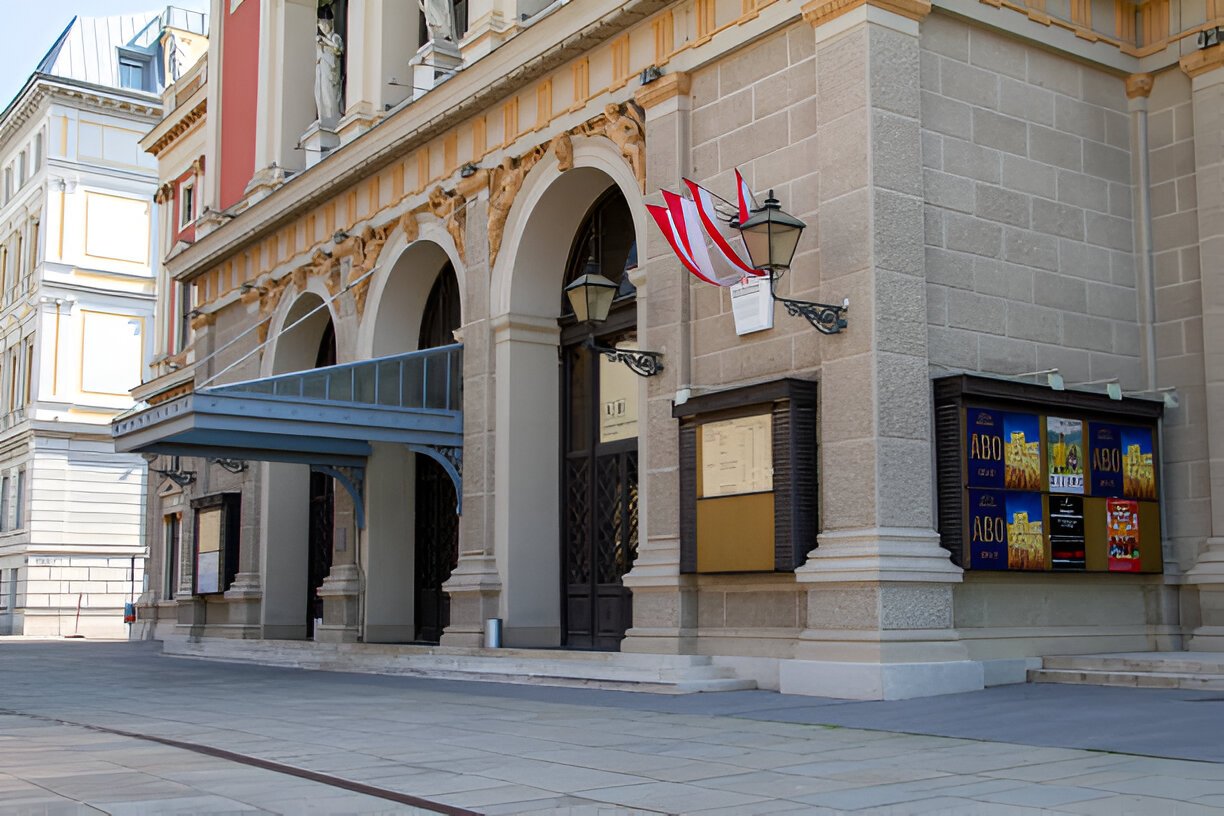When it comes to investing, we all look for something that offers potential returns, stability, and a certain level of safety. Austrian Philharmonics, a coin with rich history and increasing popularity, have garnered attention as an investment option in the precious metals market. However, are they truly a good investment? In this article, I will take an in-depth look at Austrian Philharmonics, examine their potential for returns, and compare them with other investment options like gold bullion and ETFs. I’ll also provide insights on how to approach investing in these coins and what factors influence their value.
Table of Contents
What Are Austrian Philharmonics?
The Austrian Philharmonic is a gold coin that was first minted in 1989 by the Austrian Mint. The coin is known for its 1-ounce gold content, and it is considered one of the most beautiful and sought-after gold coins in the world. Its name is derived from the Vienna Philharmonic Orchestra, which is celebrated for its cultural importance in Austria and the world. The coin features a depiction of the orchestra’s instruments on one side, with the reverse showcasing the Great Organ of the Vienna Musikverein.
These coins are widely recognized and available for sale, primarily in 1-ounce denominations, although other sizes such as 1/2 ounce, 1/4 ounce, and 1/10 ounce also exist. The Austrian Philharmonics are made of 999.9% pure gold and have become increasingly popular due to their aesthetic appeal and the fact that they are backed by the Austrian government.
Why Invest in Austrian Philharmonics?
Before we dive into the investment potential, it’s important to understand why someone might be interested in investing in Austrian Philharmonics in the first place.
- Precious Metal Backing: Austrian Philharmonics are made of pure gold, a precious metal known for its value preservation over time. Historically, gold has been considered a hedge against inflation and a store of value during times of economic uncertainty.
- Cultural Value: The design of the Philharmonic coins pays homage to one of the world’s greatest orchestras, the Vienna Philharmonic. This adds a layer of cultural value to the coin beyond its precious metal content.
- Liquidity: These coins are widely recognized around the world, which makes them relatively easy to buy and sell. They can be exchanged in markets across the globe, making them highly liquid.
- Portfolio Diversification: As a tangible asset, gold can offer a means of diversifying an investment portfolio. Adding Austrian Philharmonics to a diversified portfolio may help mitigate risks associated with other types of investments like stocks or bonds.
Comparison: Austrian Philharmonics vs. Other Gold Coins
To understand whether Austrian Philharmonics are a good investment, it’s useful to compare them to other popular gold coins, such as the American Gold Eagle, the Canadian Gold Maple Leaf, and the South African Krugerrand. Below is a comparison of key characteristics:
| Feature | Austrian Philharmonic | American Gold Eagle | Canadian Gold Maple Leaf | South African Krugerrand |
|---|---|---|---|---|
| Gold Content | 1 oz (999.9% pure) | 1 oz (91.67% pure) | 1 oz (999.9% pure) | 1 oz (91.67% pure) |
| Purity | 999.9% | 91.67% | 999.9% | 91.67% |
| Design | Vienna Philharmonic | Eagle & Shield | Maple Leaf | Springbok Antelope |
| Minting Country | Austria | USA | Canada | South Africa |
| Year First Minted | 1989 | 1986 | 1979 | 1967 |
| Liquidity | High | High | High | High |
| Premium Over Spot Price | Moderate | Moderate | Low | Low |
As you can see, the Austrian Philharmonics stand out because of their high purity (999.9%) and unique design. However, compared to the American Gold Eagle and Krugerrand, they do come with a slightly higher premium over the spot price due to their limited minting and distinctive design.
Are Austrian Philharmonics a Good Investment for Long-Term Growth?
To determine whether Austrian Philharmonics are a good investment for long-term growth, let’s examine historical data on the price of gold and its price trajectory.
- Price of Gold: Gold prices have traditionally risen over the long term, especially during periods of economic turmoil, geopolitical tension, or inflation. If we look at the gold price from 2000 to 2020, it has experienced a significant upward trend.In 2000, the price of gold was around $275 per ounce. By 2020, it had reached around $1,800 per ounce. This is an increase of over 550% in two decades, highlighting the potential for long-term growth in the price of gold.Example:
- If you had invested $10,000 in gold in 2000, you would have purchased approximately 36.36 ounces.
- By 2020, the value of that investment would have increased to $65,454 (36.36 x $1,800).
- Market Volatility: It’s essential to note that, like all investments, gold is not without its volatility. While gold has generally trended upward over long periods, there have been shorter periods of price corrections. For instance, from 2012 to 2015, gold prices dropped from over $1,700 per ounce to about $1,050 per ounce. This shows that, while gold tends to rise over time, it is subject to short-term fluctuations.
- Global Economic Conditions: The value of gold (and, by extension, Austrian Philharmonics) is closely tied to global economic conditions. During times of economic crisis, the demand for gold tends to rise as investors seek safe-haven assets. On the other hand, during periods of economic growth, the demand for gold can diminish, which could result in price drops.
Example of Profit Calculation: Austrian Philharmonics Investment
Let’s say I purchased 10 Austrian Philharmonics in 2010 when the price of gold was about $1,100 per ounce, and the premium for the coin was $100 over spot price.
- Cost per coin in 2010 = $1,100 (spot price) + $100 (premium) = $1,200
- Total cost for 10 coins = 10 x $1,200 = $12,000
Now, let’s assume the gold price rises to $1,800 per ounce in 2020, and the premium on the Philharmonics is still $100.
- Selling price per coin in 2020 = $1,800 (spot price) + $100 (premium) = $1,900
- Total selling price for 10 coins = 10 x $1,900 = $19,000
Profit: $19,000 – $12,000 = $7,000
Thus, my investment in Austrian Philharmonics would have yielded a profit of $7,000 over a 10-year period, which is a 58% return on investment.
Other Considerations: Storage and Insurance Costs
Investing in physical gold, like Austrian Philharmonics, comes with its own set of costs and risks. One major consideration is the need for secure storage. Whether you choose to store your coins at home in a safe or use a professional vaulting service, storage fees can add up over time.
Additionally, insurance is recommended for protecting your investment against theft, loss, or damage. These added costs should be factored into your overall return on investment.
Conclusion: Are Austrian Philharmonics a Good Investment?
In conclusion, Austrian Philharmonics offer an attractive investment option for those looking to invest in gold. They provide exposure to the price of gold, have strong liquidity, and come with the added appeal of their beautiful design and cultural significance. While they may come with a slightly higher premium compared to other coins, their performance has generally mirrored the rise in gold prices over time.
However, as with any investment, they come with risks, such as market volatility and additional costs for storage and insurance. If you are comfortable with these factors and are looking for a way to diversify your investment portfolio, Austrian Philharmonics could be a good addition. But as always, it’s important to do your own research and consider your long-term financial goals before making any investment decision.





